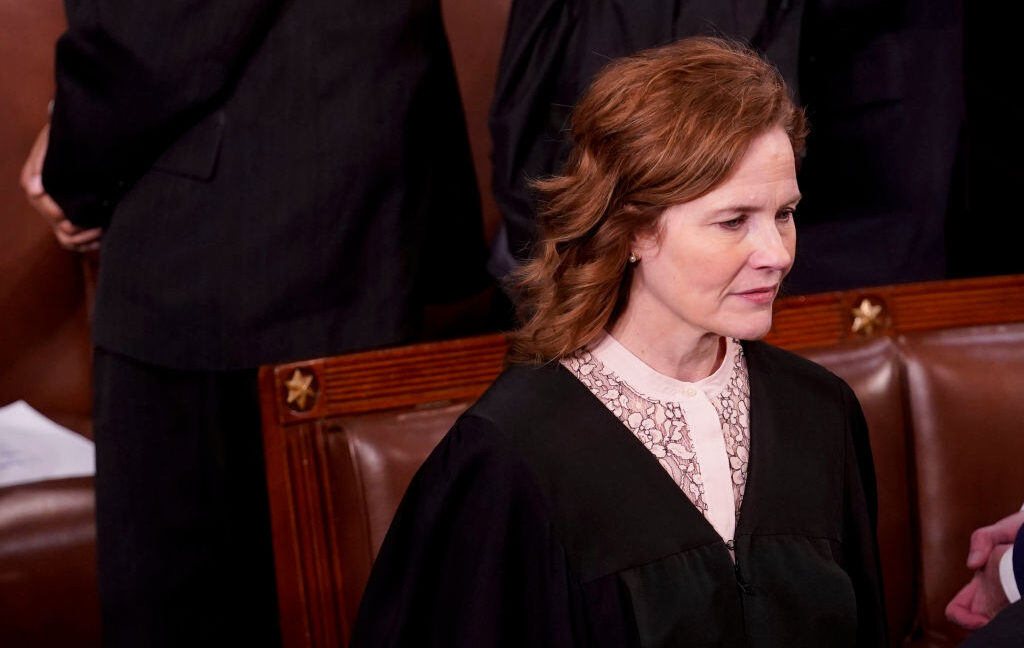50+ scientific societies sign letter objecting to Trump executive order
Last month, the Trump administration issued an executive order asserting political control over grant funding, including all federally supported research. In general, the executive order inserts a layer of political control over both the announcement of new funding opportunities and the approval of individual grants. Now, a coalition of more than 50 scientific and medical organizations is firing back, issuing a letter to the US Congress expressing grave concerns over the order’s provisions and urging Congress to protect the integrity of what has long been an independent, merit-based, peer-review system for awarding federal grants.
As we previously reported, the order requires that any announcement of funding opportunities be reviewed by the head of the agency or someone they designate, which means a political appointee will have the ultimate say over what areas of science the US funds. Individual grants will also require clearance from a political appointee and “must, where applicable, demonstrably advance the President’s policy priorities.”
The order also instructs agencies to formalize the ability to cancel previously awarded grants at any time if they’re considered “no longer advance agency priorities.” Until a system is in place to enforce the new rules, agencies are forbidden from starting new funding programs.
In short, the new rules would mean that all federal science research would need to be approved by a political appointee who may have no expertise in the relevant areas, and the research can be canceled at any time if the political winds change. It would mark the end of a system that has enabled US scientific leadership for roughly 70 years.
50+ scientific societies sign letter objecting to Trump executive order Read More »


